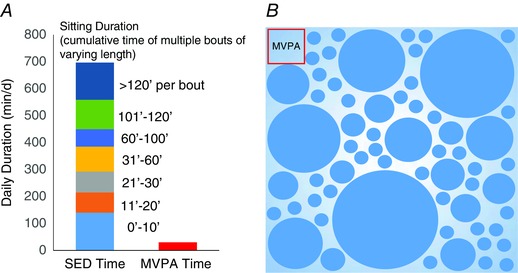Figure 1. Volume of total daily sitting duration.

A, quantitative data for the daily time spent sitting of a typical sedentary person as measured with a device that measures upright vs sitting time and also the time engaged in ambulation at different intensities. From this, the cumulative daily time spent sitting was approximately 11.5 h, which was caused by dozens of sitting bouts. B, the relative volume of time occupied by each sitting bout, the number of daily sitting bouts in a sedentary person, and the relatively small influence that a bout of recommended MVPA has on either sedentary parameter (bout number or total sedentary time). The total volume of the square represents the total awake time. The round balls represent individual sitting bouts that fill up approximately 68% of the waking day. Because these sitting bouts are spread throughout the entire day and often without consistent patterns due to variations in lifestyles of different people, the sitting bouts in this graph are not depicted in any order. Instead the panel emphasizes how sedentary time fills up the waking day in variable ways. The theme when interpreting these data is the realization that there is an amount of sitting time spread throughout the whole day in various bout lengths and various patterns that creates an enormous challenge in reducing sedentary time and requires highly focused efforts on this problem. And, because of the need to specifically eliminate as many sedentary bouts and as much sedentary time as is safely possible, innovative behavioural strategies will produce results far different from the longstanding MVPA recommendations.
